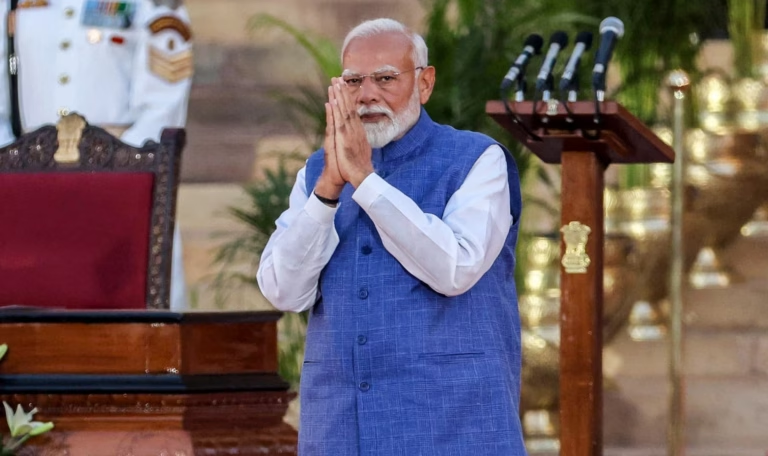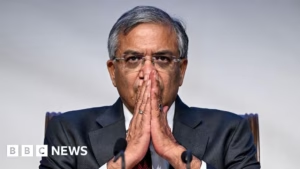Addressing the massive rally titled “Namaste India!” in Ahmedabad during his first official visit to India, Trump emphasized the strengthening bilateral ties and trade relations between the two nations. His rapport with Prime Minister Narendra Modi was highly visible during public appearances.
However, the situation dramatically changed in June of the same year, as India-China relations deteriorated. An escalation led to the loss of 20 Indian soldiers in Galwan Valley, situated in the disputed area of Ladakh. This event triggered a series of measures from India, including banning numerous Chinese apps and establishing a standoff along their disputed border. India also increased defence and strategic collaborations with the US and the Quad grouping, which includes Japan and Australia.
Recently, China continued to be perceived as the main adversary by India, particularly after Pakistan utilized Chinese defense systems during a conflict in Indian-administered Kashmir.
However, the dynamics have shifting due to Trump’s trade policies, particularly those targeting India, and changes in geopolitics. These factors have led to a cautious rapprochement between New Delhi and Beijing.
Meanwhile, the Trump administration is seen as undermining decades of diplomatic achievements in Asia, an area home to over 60 percent of the world’s population.

“Dragon-Elephant Tango”
Prime Minister Narendra Modi has recently met with China’s top diplomat, Foreign Minister Wang Yi, praising “mutual respect and progress” in bilateral relations.
Wang Yi visited New Delhi for discussions on various matters, including the disputed border between India and China. Both nations have agreed to resume direct flights and simplify visa processes as part of their efforts to build trust.
China and India have started a “steady development track” and have agreed to explore potential solutions to their long-standing border issues.
Asian Trade Bloc?
Any improvement in India-China relations could provide remedial measures for both countries amid US tariffs.
Greater market access for Indian goods in China could help reduce the impact of US tariffs on India and lower its economic vulnerabilities.
Quad, Minus the Edge
India has traditionally been seen as a democratic counterweight to China, forming a crucial part of the US-led strategy, including the Quad grouping with Japan and Australia.
Despite this strategic alliance, India has consistently pursued a policy of strategic autonomy, avoiding ideological bloc alignments.
The current policies of the Trump administration are complicating these relationships, next steps remain to be seen.
NB: The above content is a reworked version of the provided text, focusing on clarity and brevity without altering the core message.
Source: https://www.aljazeera.com/features/2025/8/23/can-the-new-india-china-bonhomie-reshape-trade-and-hurt-the-us-in-asia?traffic_source=rss








